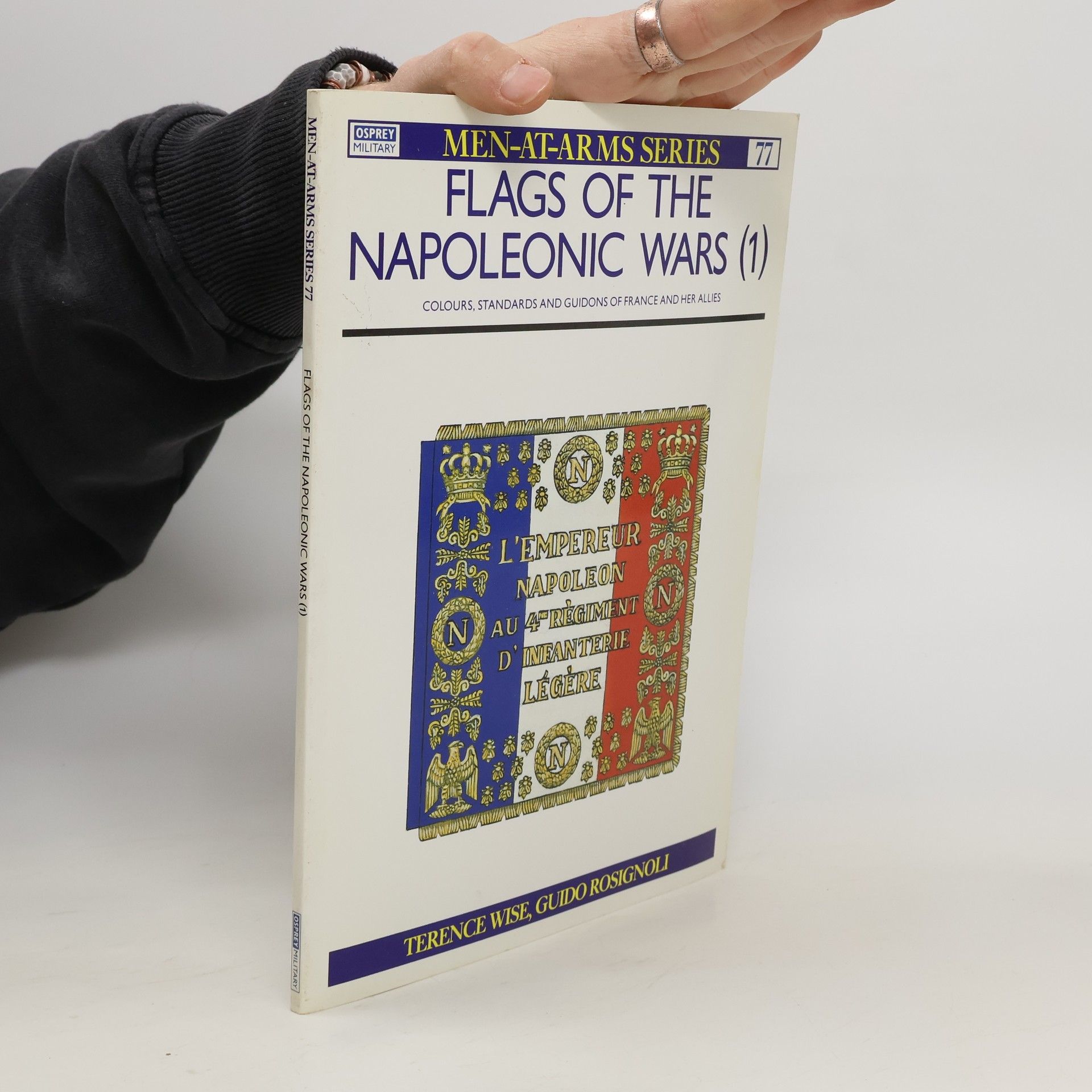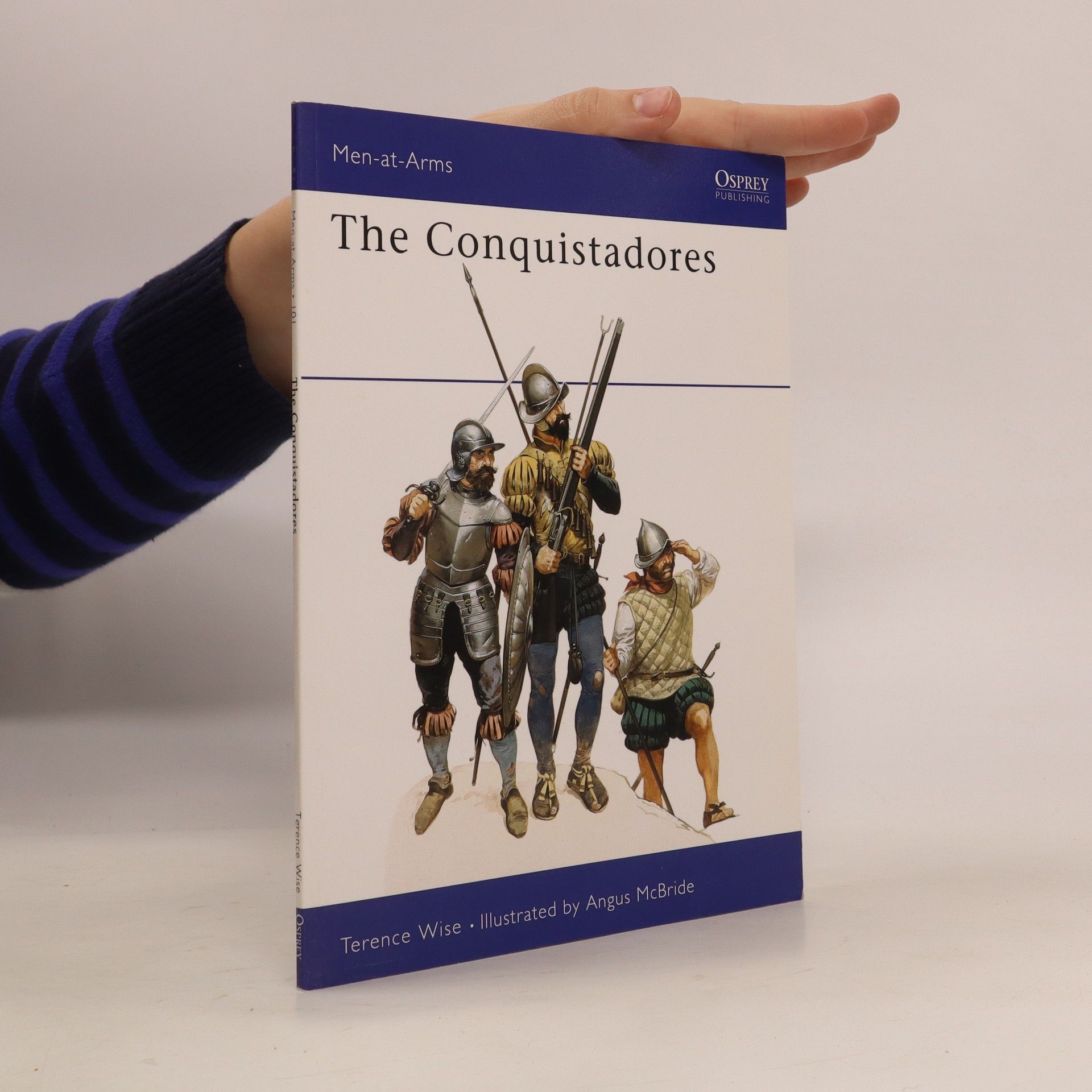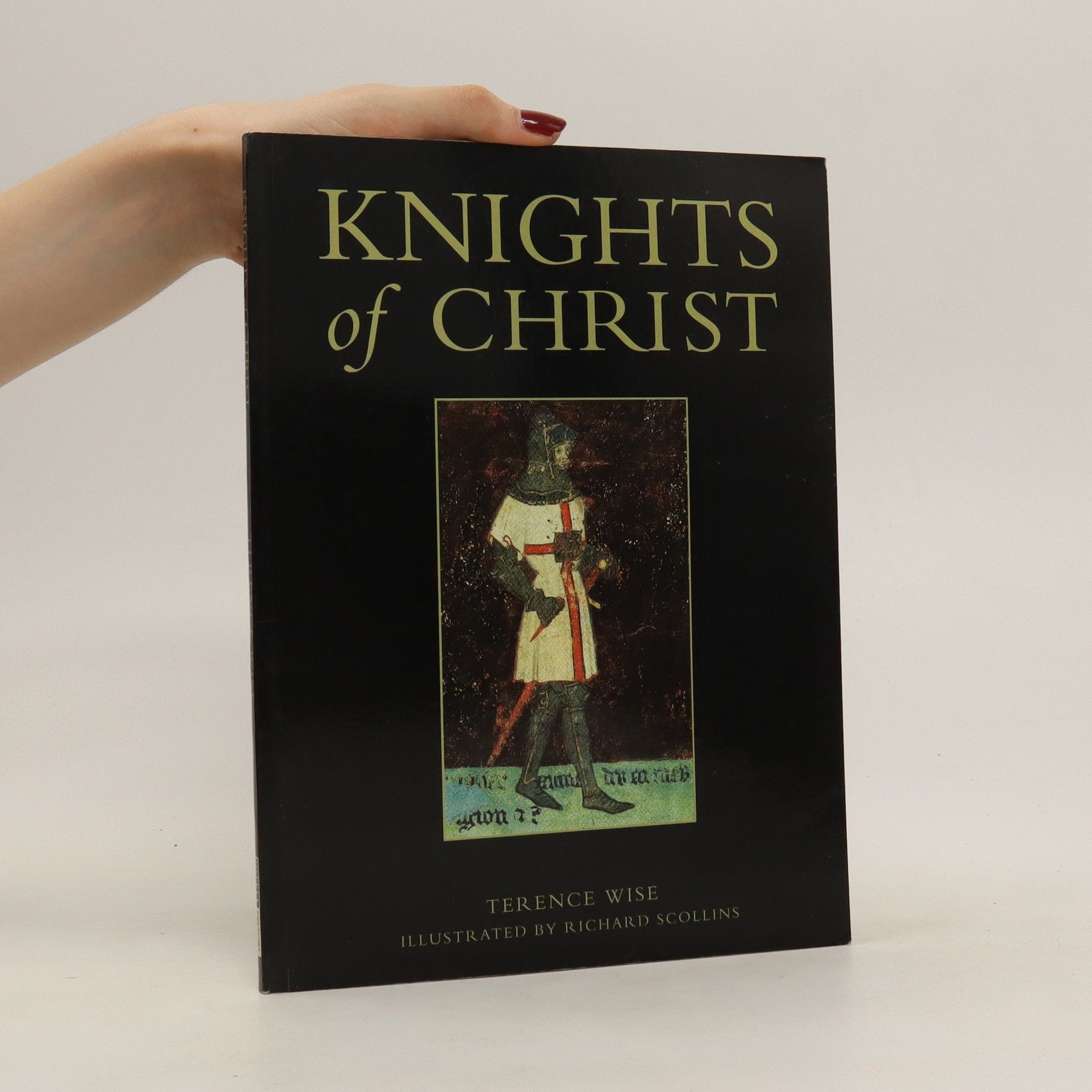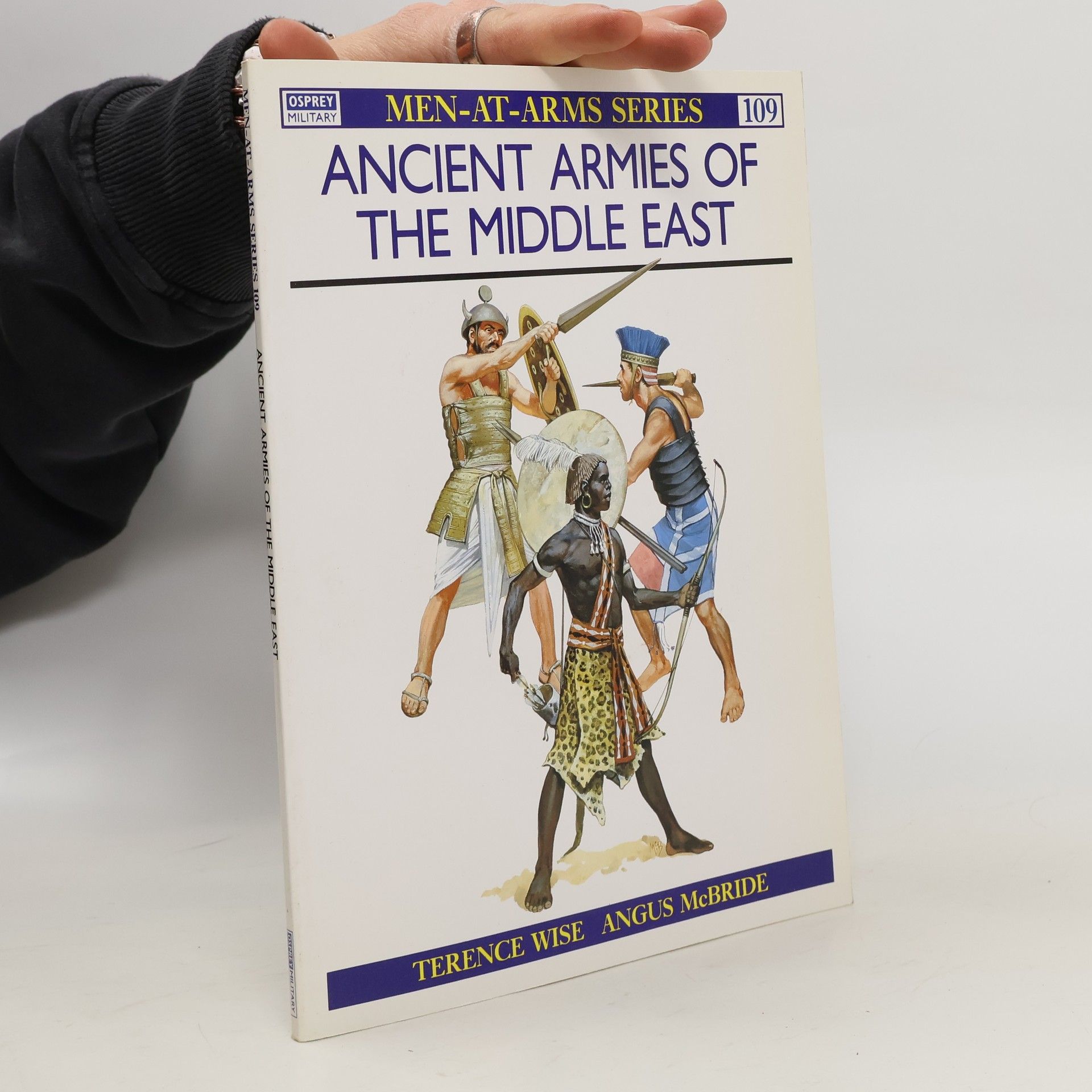Flags of the Napoleonic Wars (3)
- 48bladzijden
- 2 uur lezen
In this third of three volumes examining the flags of the Napoleonic Wars [Men-at-Arms 77, 78 & 115] Terence Wise details colours, standards and guidons of Anhalt, Kleve-Burg, Brunswick, Denmark, Finland, Hanover, Hesse, the Netherlands, Mecklenburg, Nassau, Portugal, Reuss, Spain, Sweden, Switzerland & Westphalia in a text containing a plethora of illustrations including eight full page colour plates by Guido Rosignoli.






